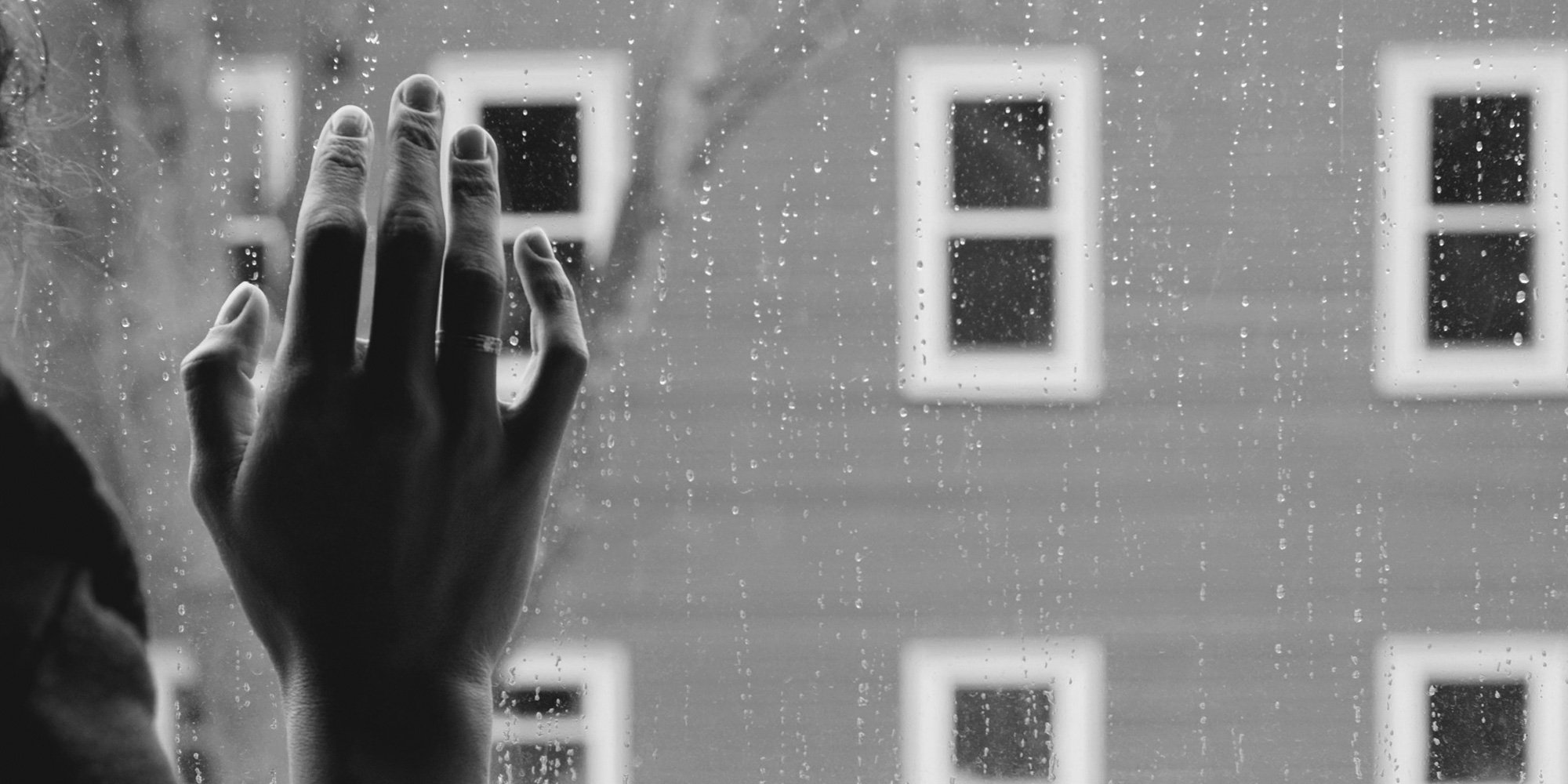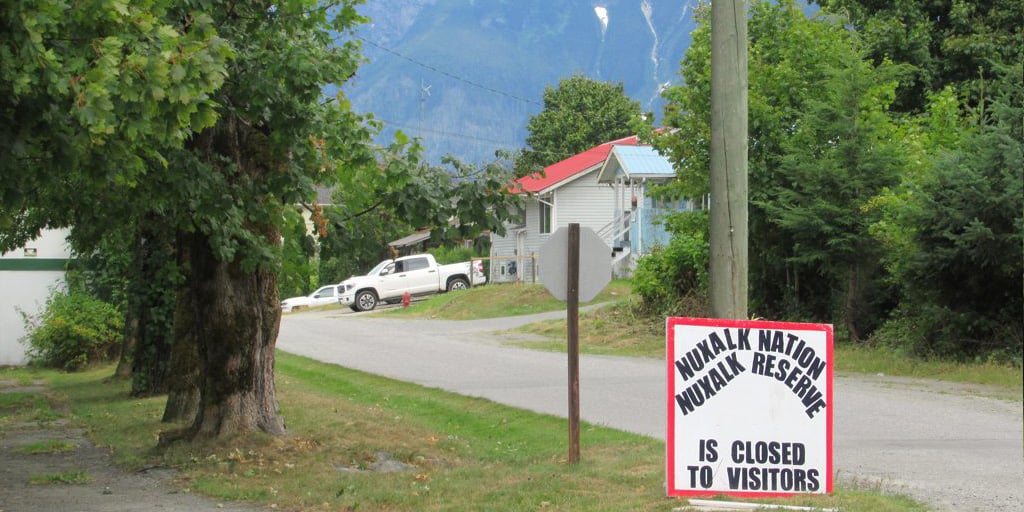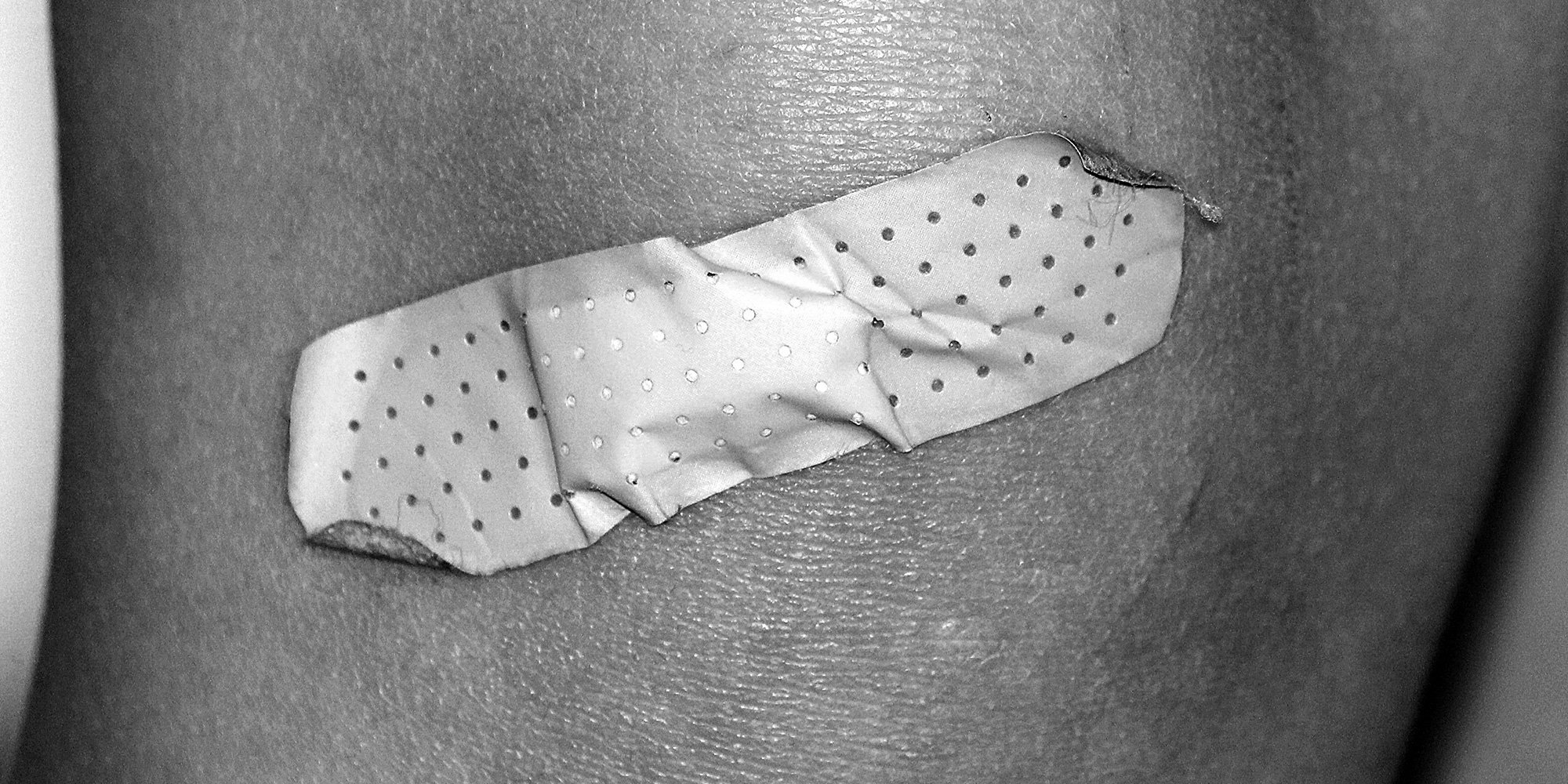1 min read
Higher Rates of Suicide - #8 of 8 Key Issues
The suicide rate among First Nations people was three times higher than in non-Indigenous populations between 2011 and 2016 in Canada. Among First...

We are in uncharted waters these days as countries around the world scramble to respond to the COVID-19 pandemic. While we are all at risk and all have a role in helping minimize the spread of this virus, some are at heightened risk, due to age, underlying health, geographic locations, or a combination of all those factors.
Indigenous Peoples are vulnerable to pandemics and have been ever since European contact. Infectious diseases have had devastating impacts on Indigenous communities. The influx of Europeans introduced pathogens that Indigenous Peoples had never been exposed to therefore their systems lacked the biological defences necessary to withstand the introduced viruses. In other words, they lacked the natural immunity of the Europeans. Not only did they lack natural immunity but their traditional medicines were unable to fend off the infections. Smallpox, influenza, measles, and whooping cough all caused significant loss of life.
As the original pre-contact population is not agreed on, it is difficult to accurately measure the population losses suffered by First Nations during this period. It is clear that in some cases entire villages were significantly reduced in single disease events, with mortality rates ranging from 50% to 90% of the population. Population loss of 90% from pre-contact to 1890 based on recent (still conservative) pre-contact population estimates is generally accepted. The pattern of introduced disease decimating the population, associated with colonization, is one found throughout the Western hemisphere. [1]
Smallpox, arguably the most devastating, first occurred in the 1770s and then recurred in 1781-82. Deaths were in such high numbers traditional burial protocols were abandoned. For a period mass graves were dug but at the height of the epidemic, bodies were left where they took their last breath.
The arrival of Europeans not only introduced deadly infectious diseases but eventually led to the complete disruption of the traditional lives of Indigenous Peoples. The assimilation policies of the federal government enforced via the Indian Act removed them from their traditional lands and onto reserves, moved them into inadequate and cramped Euro-style housing, severely disrupted their traditional lives, cultures, social norms and values; and, restricted their ability to hunt, trap and gather medicinal plants, which forced them to switch European style food.
The assimilation policies actually were counterproductive as they segregated and created the “otherness” of Indigenous Peoples. By enforcing isolation, restriction of movement, separate schools and other measures the government actively segregated Indigenous Peoples from mainstream society rather than assimilating them. It was not until the 1951 revision of the Indian Act that Indigenous Peoples (status Indians) were considered “people”. Prior to 1951, the Indian Act defined a “person” as “an individual other than an Indian.” In order to be considered a “person”, they had to give up their Indian status (enfranchisement). Once they became “people” they assumed all the rights other Canadians enjoyed, including health care. But, it also meant that they gave up associated legal rights, benefits, and restrictions of being a status Indian. The objective of enfranchisement was ultimately to undermine the collective worldview of the people and promote the adoption of a European worldview of individual rights. As enfranchisement had the potential to lead to the dismemberment of land and culture few status Indians chose to take the carrot of “equal” rights.
The health and well-being of Indigenous Peoples suffered dramatically. The massive upheaval in all aspects of the traditional lifestyles and cultural practices that had sustained them for millennia transformed formerly healthy, self-sustaining and self-governing nations to existing as dependent wards of the state.
Restricted access to hunting grounds, loss of habitat for food sources, and pollution of fish-bearing waterways are all factors that have impacted food security for Indigenous Peoples and pushed them to increasingly rely on store-bought foods. An example is during the 1950s and 1960s the federal government carried out a campaign to slaughter the Inuit dog to force Inuit off the land and into homes and within federal programs. The Inuit contended for decades that this slaughter harmed the Inuit’s identity and sought acknowledgement of harm to their culture.
Lack of employment opportunities and the associated increase in rates of poverty and the high cost of shipping food to isolated communities resulted in diets in some communities that are nowhere close to the recommendations of Canada’s Food Guide.
And then there is the on-reserve housing situation. The number of housing units on most reserves does not match the demand which leads to dangerously high overcrowding situations. The housing units in many reserves were poorly constructed without moisture barriers and below standard ventilation rates leading to an increased presence of mould.

Additionally, there is the historical and ongoing issue of safe drinking water. Many reserves do not have safe drinking water. Generations of residents have never known what it is to drink tap water or pour a bath. Broken and faulty sewage treatment facilities are also an issue on many reserves.
The health impacts of the above are compounded by the lack of readily available health care. Remote and isolated communities are desperately in need of healthcare providers, units, and supplies. There are 96 remote fly-in Indigenous communities across Canada.
So, when you combine loss of culture, poverty, higher incidence of underlying health issues, crowded and unhealthy living conditions, lack of clean water, faulty sewage systems and limited access to healthcare you can see why Indigenous Peoples living on reserves are highly vulnerable to epidemics and pandemics.
The conditions in which people grow, live, work, and age have a powerful influence on health. Inequalities in these conditions lead to inequalities in health. [2]
Self-isolation during a pandemic is simply not possible in a great many on-reserve homes. Nor is frequent washing of hands.
When the H1N1 pandemic hit Canada in 2009, Indigenous Peoples were disproportionately affected:
In Canada, over 8,500 cases were hospitalized, 16.8% of which required intensive care. A particularly concerning occurrence was the spread of H1N1 2009 into First Nations communities in Canada. Although Aboriginal peoples constitute only 3.8% of Canada's population, members of the First Nations were 6.5 times more likely to be admitted to an ICU with pH1N1 2009 influenza than non-First Nations and had rates of hospitalization nearly triple that of the national cumulative crude rate for all Canadians. (emphasis added) [3]
The first H1N1 pandemic arrived in the spring of 2009 (Indigenous Peoples represented 17.6 percent of the reported deaths) and the second wave (8.9 percent of reported deaths) arrived a few months later in September. When some remote northern Manitoba communities requested medical supplies such as flu kits, face masks and hand sanitizer from the federal government to help manage the second outbreak, Health Canada sent body bags along with the supplies. This response rightly offended Indigenous Peoples and non-Indigenous people right across the country. It was a massive socially and culturally offensive blunder. Not only did the presence of body bags indicate that the communities were doomed, but it was culturally offensive because in some cultures, to prepare for death is to invite death. Health Canada later apologized.
And here we are 11 years later facing another pandemic but this time there has, thankfully, been a shift in how the federal government is assisting Indigenous communities to prepare for the COVID-19 pandemic. There is recognition of the vulnerability of Indigenous Peoples and the challenges of remote communities accessing health care and supplies.
A $305-million fund aimed at helping Indigenous communities deal with COVID-19 was announced on March 11, 2020. Ottawa is also sending remote communities temporary portable structures for disease screening in communities that have housing shortages.
Indigenous Services Canada (ISC) Minister Marc Miller made this statement on March 20, 2020:
Indigenous Peoples are more vulnerable than non-Indigenous. We saw this in H1N1 and we saw this during SARS. We’ve learned from those events but the reality remains that Indigenous Peoples in Canada experience more overcrowding, a higher burden of chronic disease, and some live in highly remote and isolated parts of this country. It is because of this heightened vulnerability that this department and our government is focused on the specific needs of Indigenous communities. [4]
In an email to APTN, ISC confirmed they are working with Indigenous communities on developing and implementing pandemic plans.
ISC continues to engage with local health directors, health workers and nurses through various means via regional medical officers of health. These medical officers of health are also working with provincial partners in ensuring that First Nation population is fully integrated into provincial plans, wrote spokesperson Vanessa Adams.
ISC has a network of Regional Emergency Management and Communicable Disease Emergency coordinators, as well as Regional Medical Officers to advise and support First Nations across provinces and lead public health emergency preparedness and response as may be required. In British Columbia, the First Nations Health Authority is the service provider, but is included in the ISC’s network. [5]
The remoteness of some Indigenous communities is both a curse and a blessing. It is a curse in that access to health care is challenging. It is a blessing in that the communities have the option of restricting the flow of people entering the community. Some communities are closing their land borders, checking every vehicle, and turning away outsiders. On Haida Gwaii, Indigenous leadership has asked all non-residents or leisure travellers to stay away from Haida Gwaii and has issued a travel advisory asking all residents, Indigenous and non-Indigenous, to avoid unnecessary travel off-island.
Indigenous cultures that include sweat lodges, pipe ceremonies, sun dances, powwows, or potlatches have been asked to suspend those activities to protect their Elders and communities. It is a necessary precaution but for many, it is a reminder of when cultural activities were outlawed.
This is very much a developing situation and we will update this article periodically.
Please stay safe, practice physical distancing, stay home as much as possible and help #HammerTheCurve.
[1] A Vision For First Nations Health, First Nations Health Council p 12
[2] World Health Organization. (2007). Achieving health equity: from root causes to fair outcomes. Interim Statement. Commission on Social Determinants of Health. P 2
[3] The impact of influenza on the Canadian First Nations, Canadian Journal of Public Health, Andrea K. Boggild, MSc, MD, corresponding author Lilian Yuan, MD,37 Donald E. Low, MD and Allison J. McGeer, MSc, MD
[4] No Indigenous community will be 'left behind' in COVID-19 response, CBC News, March 19, 2020
[5] Federal government sets millions aside for Indigenous communities as WHO declares COVID-19 pandemic, APTN, March 11, 2020
Featured photo: Unsplash

1 min read
The suicide rate among First Nations people was three times higher than in non-Indigenous populations between 2011 and 2016 in Canada. Among First...

Did you know that adequate housing was recognized in the 1948 Universal Declaration of Human Rights? Did you know almost one in six Indigenous people...

Unintentional injuries are the leading cause of death in Canadian Indigenous children and youth, occurring at rates three to four times the national...